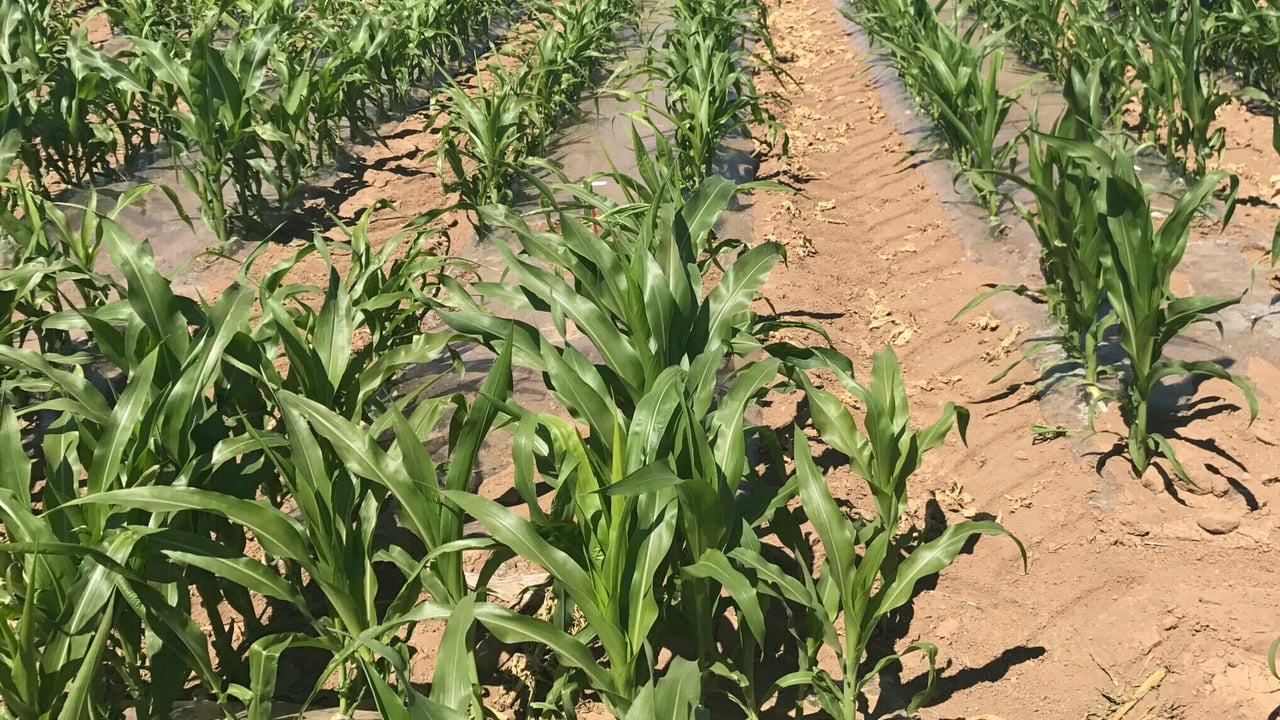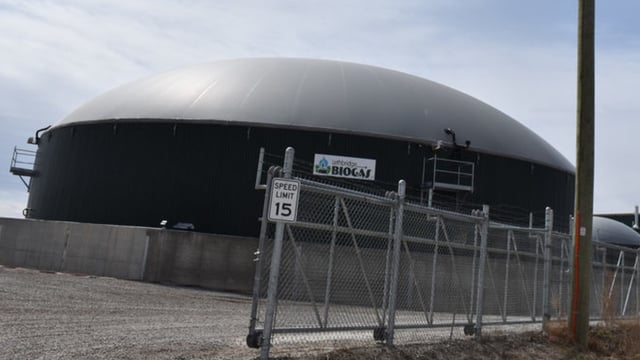Restricted fertiliser availability encourages rotational change in Romania
Restricted fertiliser availability is encouraging rotational change on Romanian tillage farms; fertiliser price is also an issue in this regard.
Co. Kildare man Jim McCarthy runs a 20,000ha grain and oilseed farm in Romania.
This year will see him reduce his acreage of maize while upping the area of both soybean and oilseeds grown on the farm.
He explained: “Crops, such as soya and sunflowers, require considerably less nitrogen, phosphate and potash, relative to maize.
“Soybean is wonderful to have within a rotation as a crop. We have a lot of potash naturally occurring in our soils.
Adding lime was found to be the only way of reversing this blocking action of the magnesium.
“We actually found ourselves adding large quantities of lime to soils that already had a pH value of 6.5. The magnesium was accounting for about one third of the soil alkalinity," McCarthy explained.
“Our soils naturally contain 350-500ppm of potash. The addition of calcium-based lime has been a great saving for us.
“Between 2014 and 2021 we broadcast a lot of phosphorous on the land. This has helped improve the inherent fertility of the land," he said.
The use of new planters has helped McCarthy to place seed precisely while also putting fertiliser directly adjacent to the growing crop.
“In addition, all our maize, beet and soybeans are seeded with a 500mm row spacing. This means that we can sow out 11,000ha of land with just four planters.
“The speed is dropped down to 12km/hr when planting sugarbeet. However, it is still an amazing sight to see crops being sown out at this speed.”





